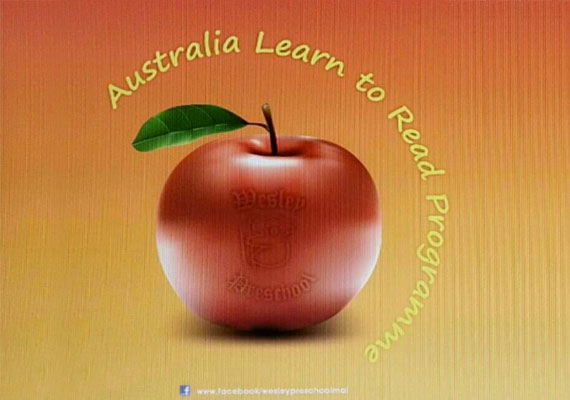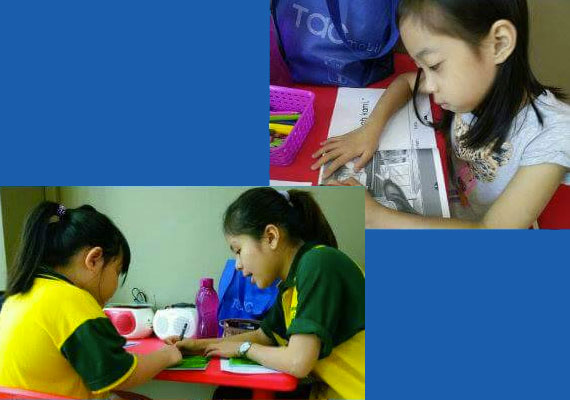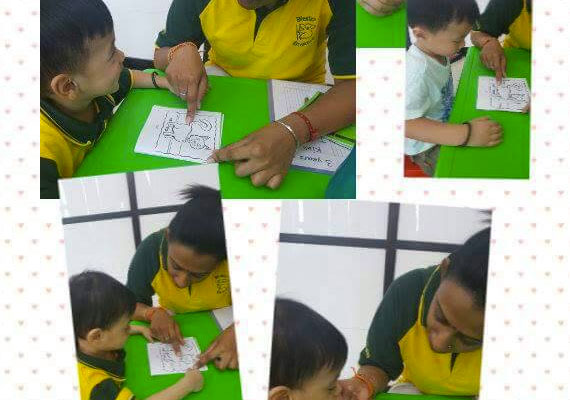Enrichment Programmes
Wesley Preschool Reading programme has been developed by a highly experienced team of teachers. We emphasize phonics.
The AUD learn-to-read proogramme focuses on a core reading curriculum of skills and strategies essential for sustained reading success. It completely supports what children learn at school and will help to improve your child’s school results.
What is Synthetic Phonics?
Synthetic Phonics is a method of teaching children to read and spell the English language. It involves the explicit and systematic teaching of the relationship between speech sounds and the spelling patterns that represent them. The aim of Synthetic Phonics instruction is to initially teach the most common sound-spelling correspondences so that the children can learn to synthesise, or blend together the sounds in the words. Research demonstrates that the most successful readers and spellers start with a solid foundation in Synthetic Phonics. Synthetic Phonics is the process of synthesising or blending the sounds of letters to make words and thus enabling your student/child to develop the ability to read.
Why Synthetic Phonics?
Research shows that Synthetic Phonics is the most effective way to teach a child to read. Here in Australia, the National Inquiry into the Teaching of Literacy, 2005, recommended that teachers provide systematic, direct and explicit phonics instruction. The independent review of the primary curriculum in the UK, The Rose Report, 2006, mandated that Synthetic Phonics be implemented in all English and Welsh schools. In addition, The National Reading Panel, 2006, in the USA concluded that systematic phonics instruction had significant benefits for students throughout the primary years.
Why learn the sound-spelling correspondences?
Our English language consists of 44 sounds yet there are only 26 letters of the alphabet. This means that it is necessary for letters to be combined to represent the remaining speech sounds. Two letters can be combined to make one sound such as ch (digraph) in chip to represent the /ch/ sound, whereas the three letters tch (trigraph) are used in the word catch to also represent the /ch/ sound. Quadgraphs are four letters that combine to make one sound and can be found in words such as: through, straight, eight. It is important for children to recognise the sound-spelling correspondences and apply this knowledge when blending the sounds in the words. The teaching of these correspondences is most effective when introduced systematically by commencing with the most common vowels and consonants through to the more complex alternative spellings.
Children who are taught in the first two years of school that reading is just about visual recognition of whole words also start experiencing difficulties in their foundations. Often it is the intelligent child with good visual memory that surprises their teacher and parents by struggling with reading and spelling at this level. All they need is some training in basic skills like phonics to get them back on track.reading is the most important skill for children to acquire. Apart from the joy of reading books, it is the passport to everything - all other school subjects, social interaction, physical and mental health, higher education, employment and even using the computer.
| Day : | Every Monday & Wednesday |
| Time : | 1:00pm to 2:00pm |
| Class Size : | 12-15 Childrens |
Copyright 2017 | All Rights Reserved




